Heating can account for a significant portion of your energy bill, especially during the colder months. Fortunately, there are several ways to reduce energy consumption while keeping your home or building comfortably warm.
Whether you’re building a new home or looking to upgrade your current heating system, these energy-efficient heating ideas can help you save money and reduce your carbon footprint.
1. Heat Pumps (Air Source or Ground Source)

Heat pumps are an excellent alternative to traditional heating methods. Unlike conventional heaters, which burn fuel to generate heat, heat pumps work by transferring heat from the air or ground into your home. Air-source heat pumps extract heat from the outside air, while ground-source (or geothermal) heat pumps take heat from the earth beneath your property.
These systems are highly efficient, providing 3 to 5 times more heating energy than the electricity they consume. Though the initial cost can be high, their long-term efficiency and savings make them a solid investment.
2. Smart Thermostats

A smart thermostat can drastically improve your heating system’s efficiency by automatically adjusting the temperature based on your schedule, preferences, and real-time conditions. These devices learn your habits and can even be controlled remotely via a smartphone app.
Popular models like Nest, Ecobee, and Honeywell can also optimize your heating usage by reducing energy consumption when you’re away from home or asleep.
By using a smart thermostat, you can ensure that your heating system is running only when needed, leading to significant energy savings and a more comfortable living environment.
3. Radiant Floor Heating

Radiant floor heating is an increasingly popular solution for energy-efficient home heating. This system involves either electric cables or a warm-water network embedded in the floor, warming the room from the ground up. Radiant floor systems operate at lower temperatures than traditional heating, and the heat is delivered evenly across the entire space.
Since radiant heat is distributed evenly and directly, it eliminates the need for forced air systems, which can waste energy by heating the air but not the objects and people in a room. Radiant floor heating provides a more efficient way to maintain comfort and can also help reduce dust and allergens in the air.
4. Zoned Heating Systems

Rather than heating an entire house or building uniformly, zoned heating systems allow you to control the temperature in different areas or rooms. This can be done through a combination of thermostats, dampers, and control valves that regulate the flow of heated air or water to specific zones.
Zoned heating ensures that energy is only used to heat the rooms you’re currently using. For example, if you’re only spending time in the living room or bedroom, you can lower the temperature in other rooms, leading to significant energy savings.
5. High-Efficiency Condensing Boilers
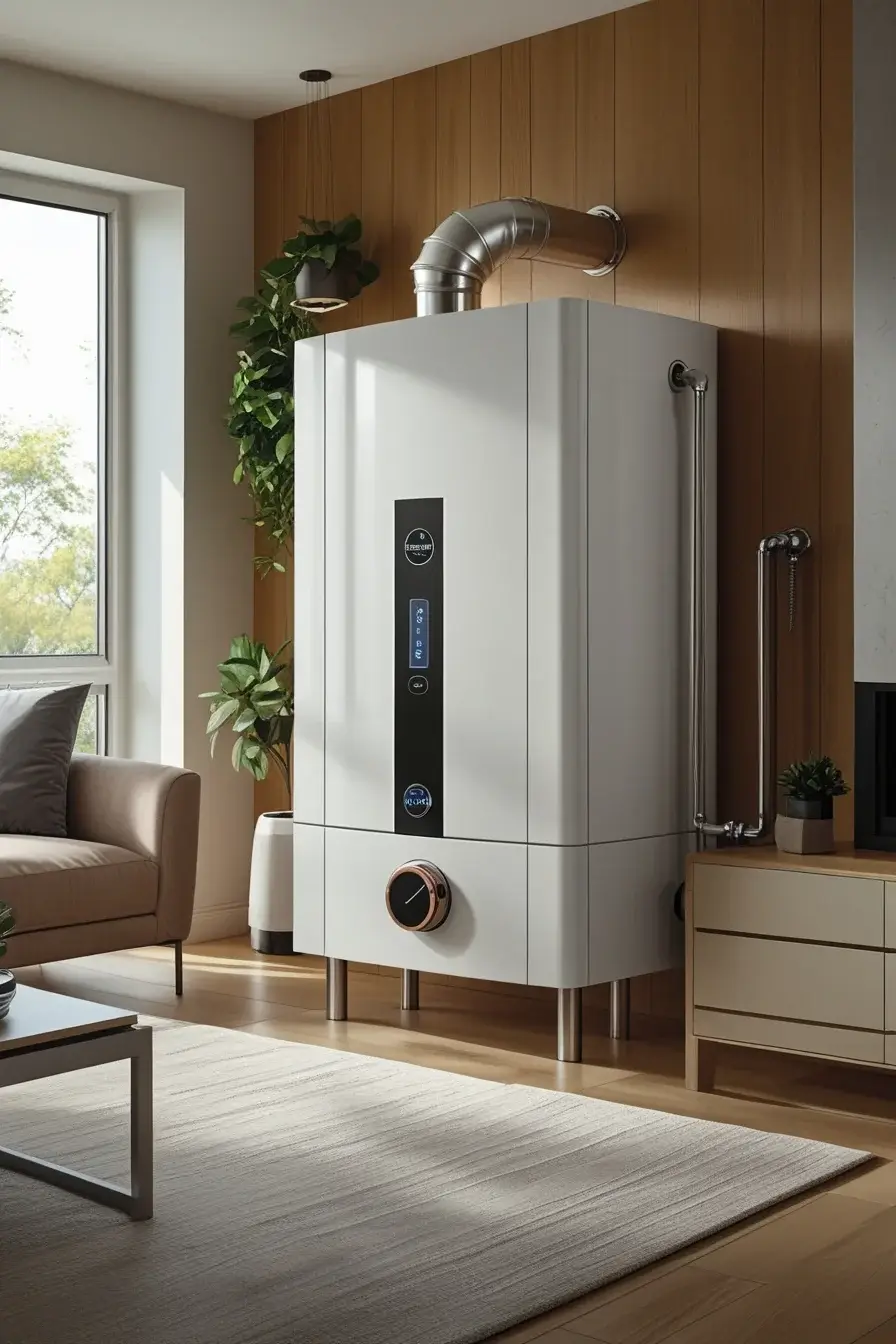
Condensing boilers are highly efficient versions of traditional heating boilers. They capture more heat from the exhaust gases they produce, which is otherwise lost in conventional systems. This process allows condensing boilers to achieve efficiency levels of over 90%, significantly reducing fuel consumption and waste.
In addition, many modern condensing boilers are equipped with modulation technology, allowing them to adjust their output based on the heating demand, further enhancing their efficiency.
6. Solar Thermal Heating
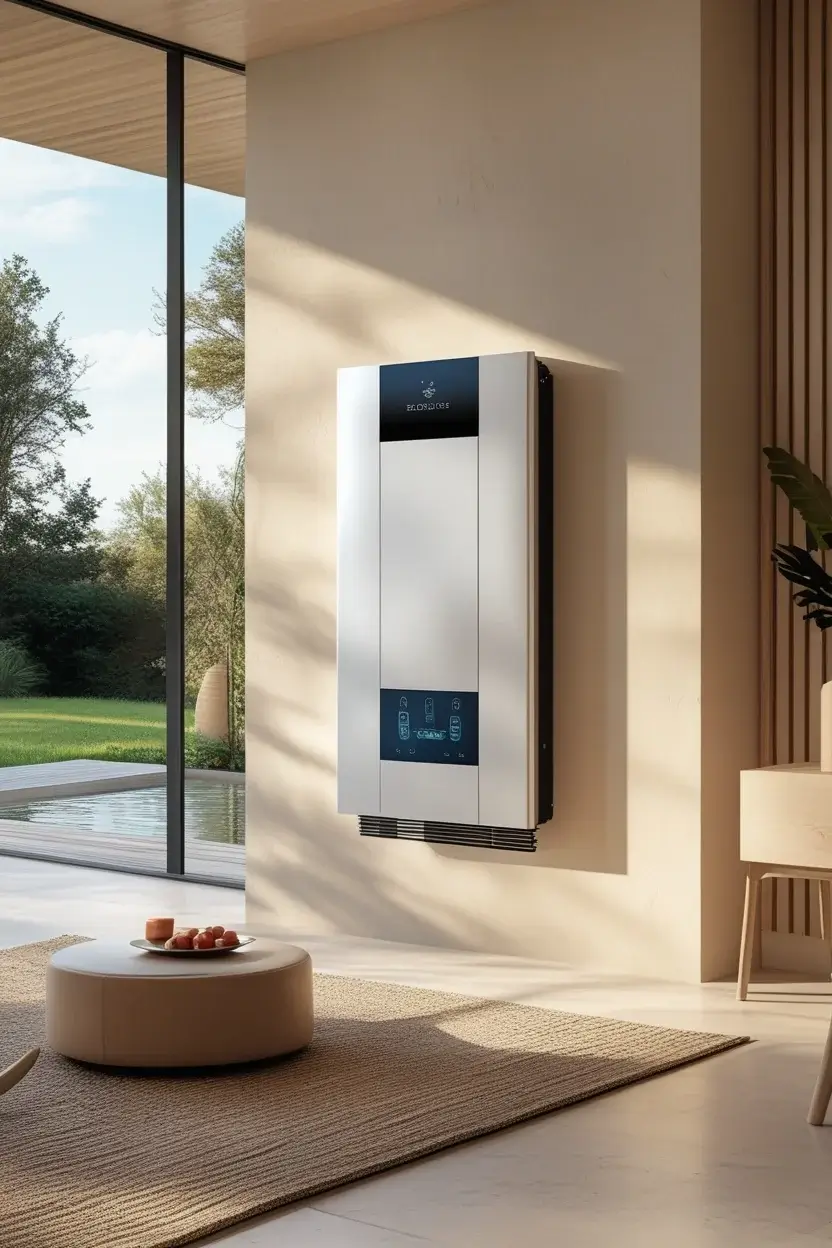
Solar thermal heating systems use the sun’s energy to heat water or air for use in your home or building. Solar collectors installed on the roof absorb sunlight and transfer the heat to a fluid, which is then used to warm water or air in the system.
Although solar thermal systems can be expensive to install, they offer a renewable and cost-effective way to reduce reliance on conventional energy sources. In some areas, they may even be eligible for government incentives or rebates.
7. Thermal Insulation Improvements

Upgrading your home’s insulation is one of the most effective ways to reduce heating costs. Poor insulation allows heat to escape from your home, making your heating system work harder to maintain a comfortable temperature.
Improving insulation in the walls, roof, and floors can help retain heat more effectively. Additionally, sealing gaps around windows, doors, and ducts prevents cold air from entering and warm air from escaping. With a well-insulated home, your heating system will run less often, reducing both energy consumption and utility bills.
8. Energy Recovery Ventilation (ERV/HRV)
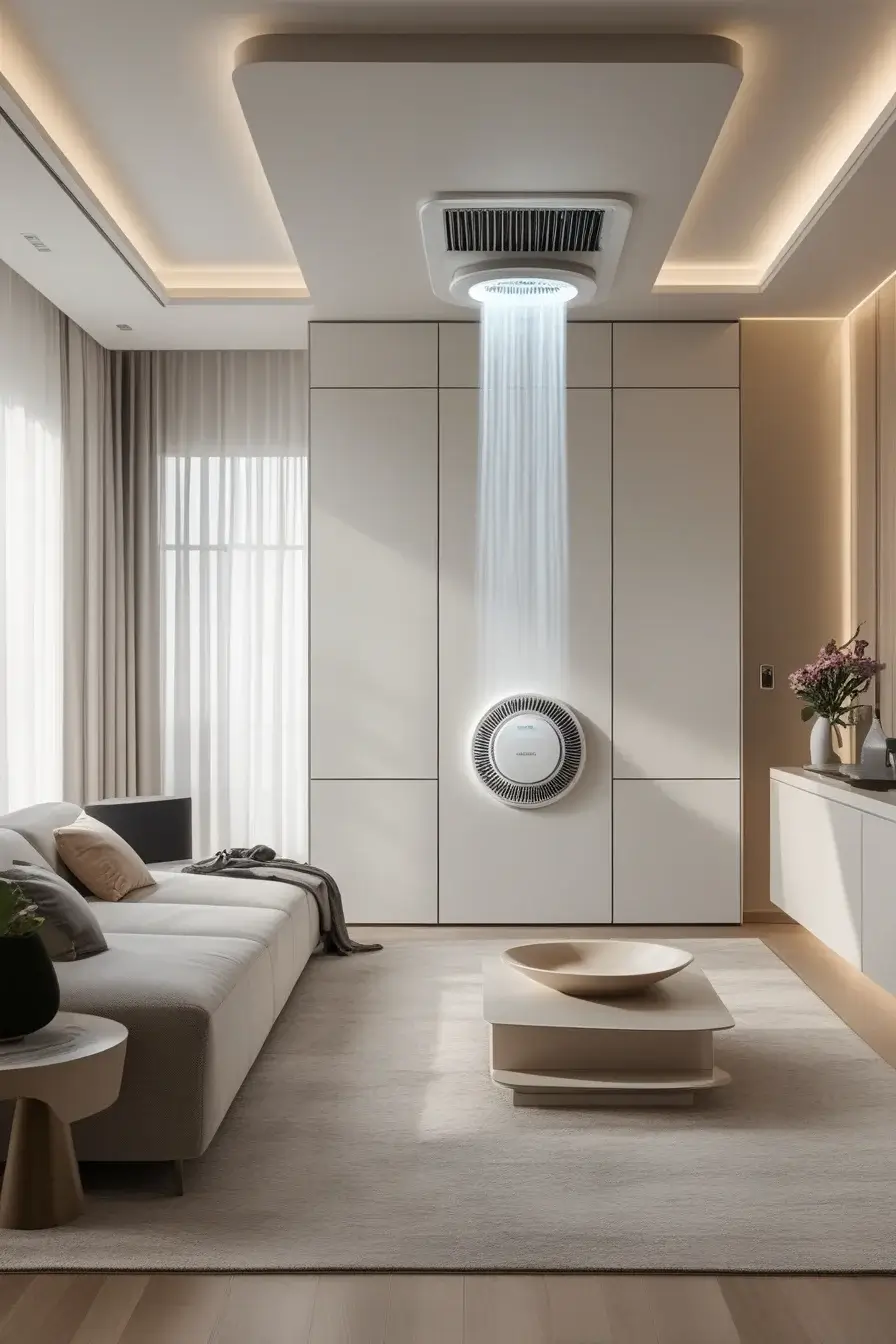
Energy Recovery Ventilators (ERV) and Heat Recovery Ventilators (HRV) are systems that help maintain fresh air in your home while minimizing energy losses. They work by transferring heat from the outgoing air to the incoming air, either warming or cooling it depending on the season.
This system allows you to ventilate your home and remove stale air without losing the heat you’ve already paid to produce. HRVs and ERVs are particularly useful in well-insulated homes, where conventional ventilation methods may lead to significant heat loss.
9. Pellet or Biomass Stoves
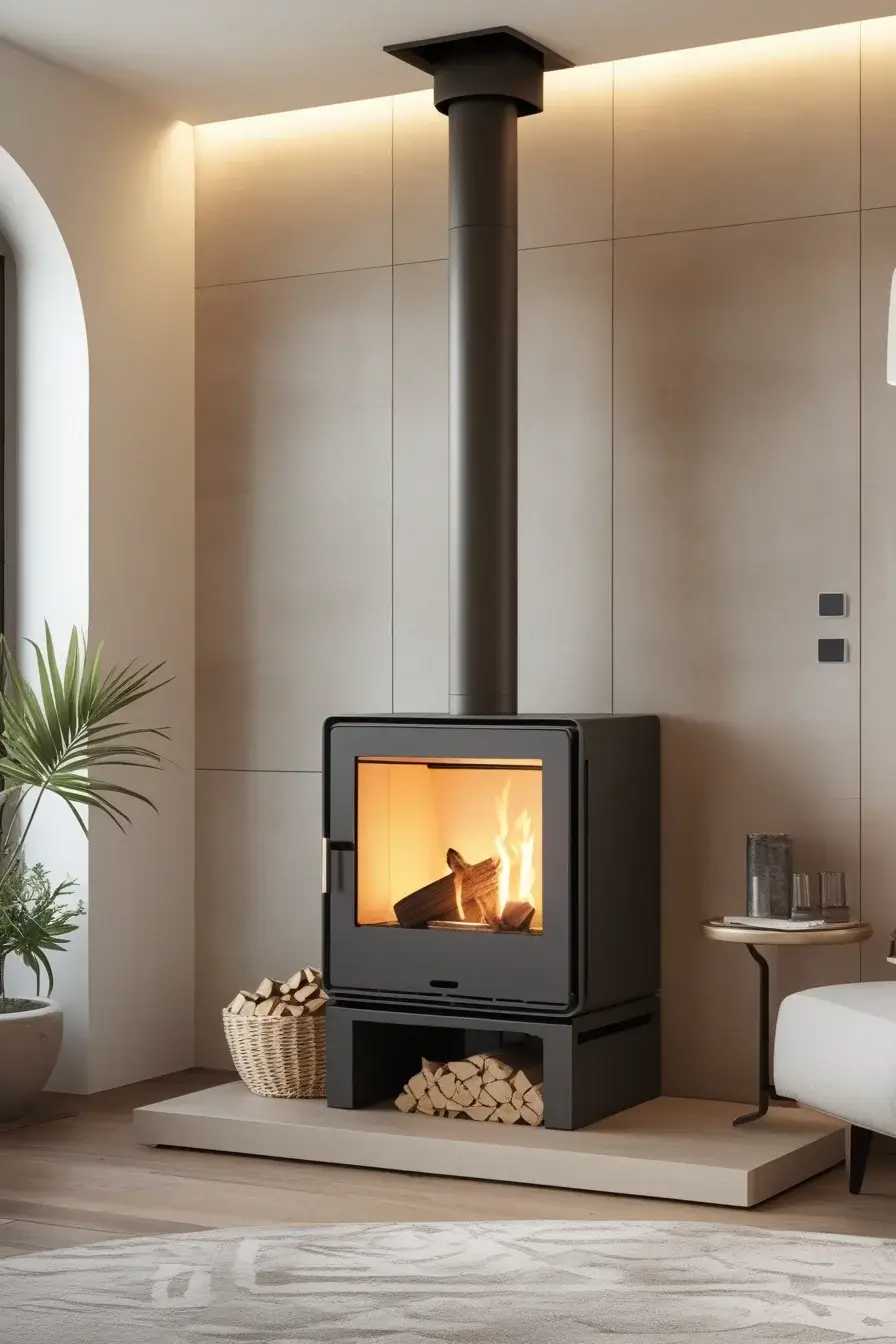
Pellet stoves and biomass heating systems offer an eco-friendly alternative to traditional fuel-based heating. These systems burn compressed pellets made from wood, corn, or other organic materials to produce heat.
Compared to traditional wood-burning stoves, pellet stoves are much more efficient and cleaner, with lower emissions and minimal maintenance. Pellet and biomass stoves are renewable energy sources that can reduce your dependence on fossil fuels, making them a great choice for environmentally conscious homeowners.
10. Programmable Radiator Valves
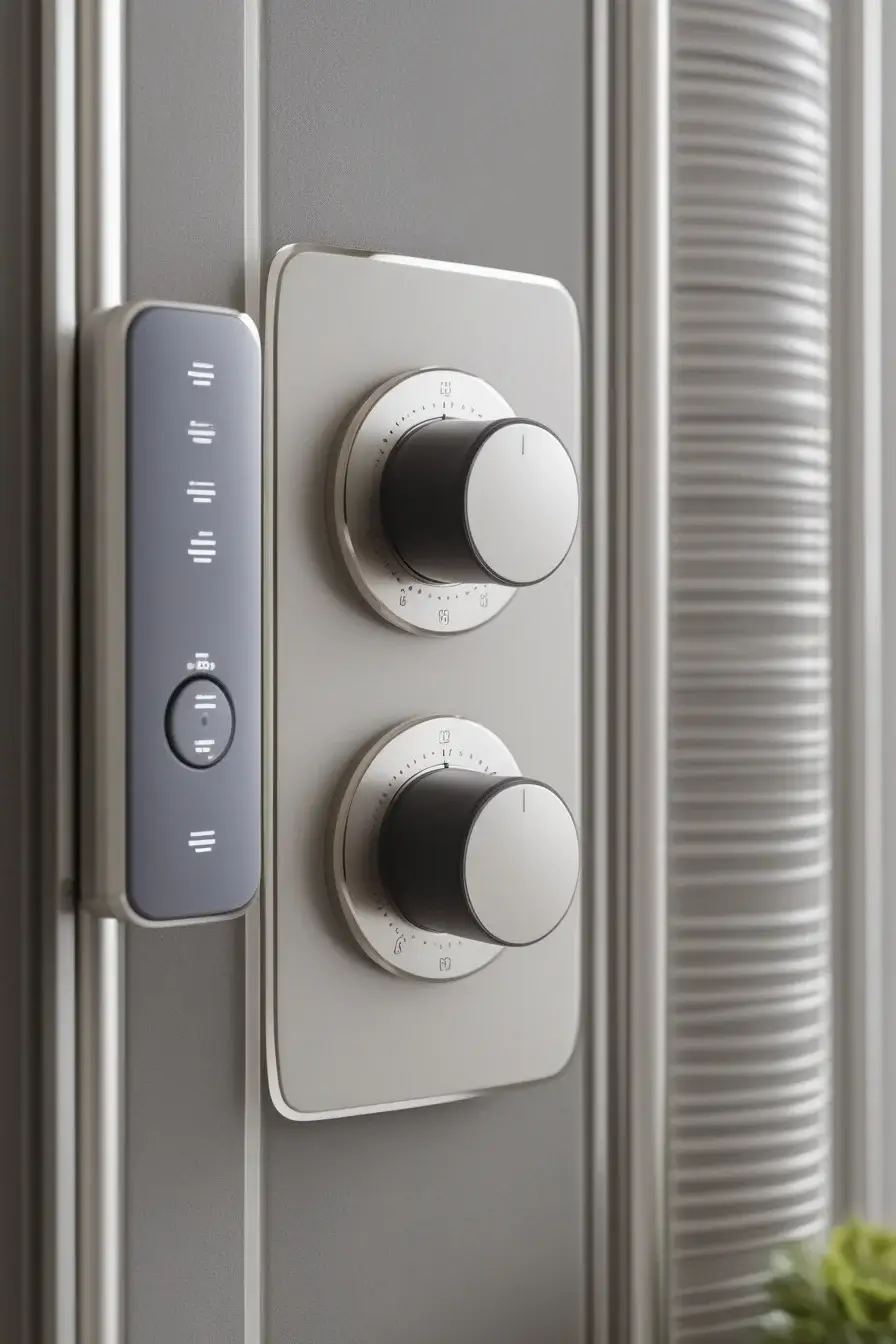
Radiator valves allow for more granular control over heating in individual rooms. By installing programmable radiator valves, you can schedule when each radiator should turn on or off, and at what temperature.
These valves can be programmed to match your schedule, so you only heat rooms when needed. They can also be controlled remotely, enabling more precise temperature regulation in different parts of the home.
Conclusion
Heating your home or building doesn’t have to come at the cost of high energy bills and excessive carbon emissions. By exploring energy-efficient heating solutions like heat pumps, smart thermostats, radiant floor heating, and solar thermal systems, you can drastically reduce your energy consumption while maintaining comfort.
Incorporating these systems into your heating strategy can provide long-term savings and help protect the environment. Whether you’re building a new home or retrofitting an existing one, there’s an energy-efficient heating solution to suit your needs.

